As an eCommerce seller, understanding the fees associated with your chosen payment methods is crucial for maintaining profitability and making informed business decisions.
Amazon Pay, a popular payment option for many online retailers and professional sellers, offers a convenient way for customers to make purchases using their Amazon account information. However, like any payment service, Amazon Pay comes with its own set of fees that sellers must navigate. Vendors who accept Amazon Pay are likely to see higher conversions as it's well known that consumers buy more often when they don't have to re-enter their credit card details.
In this comprehensive guide, we'll break down the various fees associated with Amazon Pay, provide a detailed fee schedule, explore how these fees compare to other payment methods, and discuss how Link My Books can help you streamline your accounting process.







What is Amazon Pay?
Amazon Pay is a payment processing service that allows eCommerce sellers to accept payments from customers using their Amazon account information.
This means that customers who have previously stored their payment and shipping details with Amazon can checkout on your website without having to enter their bank account information again.
By offering Amazon Pay as a payment option, sellers can potentially increase their conversion rates, reduce cart abandonment, and tap into Amazon's vast customer base.
How Amazon Pay Works
- Customers select Amazon Pay as their payment method during checkout on your website.
- They log into their Amazon account and confirm their payment and shipping information.
- Amazon Pay processes the payment and sends you a notification of the transaction.
- You fulfill the order and receive payment from Amazon Pay, minus any applicable fees.
Benefits of Amazon Pay for Sellers
- Increased customer trust and confidence due to Amazon's strong reputation
- Simplified checkout process leading to higher conversion rates
- Access to Amazon's large customer base and their stored payment information
- Fraud protection and payment dispute management handled by Amazon
- Integration with various eCommerce platforms and shopping carts
Amazon Pay Fee Structure
Transaction Fees
The most common fee associated with Amazon Pay is the transaction fee. This fee is charged as a percentage of each transaction processed through Amazon Pay, plus a fixed minimum amount, per transaction. The exact percentage and fixed amount vary depending on the type of transaction and the seller's country.
Domestic Transaction Fees
Cross-Border Transaction Fees
Cross-border fees apply when a customer makes a purchase using a payment method issued in a country different from your own. These fees are charged in addition to the standard transaction fees.
Processing Fees
In addition to transaction fees, Amazon Pay charges processing fees for certain types of transactions, other fees such as refunds and chargebacks.
Refund Fees
Chargeback Fees
Currency Conversion Fees
If you accept payments in multiple currencies, Amazon Pay will automatically calculate fees to convert the funds into your local currency. The currency conversion fee is a percentage of the total transaction amount and varies depending on the currencies involved.
Additional Fees
Authorization Fees
Authorization fees are charged when you request an authorization on a customer's payment method to verify that they have sufficient funds to complete the transaction. The authorization fee is typically a flat rate per authorization request.
Disputed Chargeback Fees
If a customer disputes a charge and files a chargeback, you may be responsible for a disputed chargeback fee in addition to the standard chargeback processing fee. These fees can be substantial and vary depending on the country and the specific circumstances of the chargeback dispute itself.
Calculating Your Amazon Pay Fees

To calculate your Amazon Pay fees, follow these steps:
- Determine the transaction amount and type (domestic or cross-border)
- Apply the appropriate transaction fee percentage and fixed amount
- Add any applicable cross-border fees
- Factor in any processing fees (refunds or chargebacks)
- Include currency conversion fees if applicable
- Add any authorization or disputed chargeback fees
Here's an example calculation for a $100 domestic transaction in the United States:
- Transaction fee: (2.9% * $100) + $0.30 = $3.20
- Total fees: $3.20
For a more complex example, let's consider a €100 cross-border transaction from the US to Germany with a €20 refund:
- Transaction fee: (3.4% * €100) + €0.35 = €3.75
- Cross-border fee: 1.5% * €100 = €1.50
- Refund fee: €0.35
- Total fees: €3.75 + €1.50 + €0.35 = €5.60
Comparing Amazon Pay Fees to Other Payment Methods
When deciding whether to use Amazon Pay for your eCommerce business, it's essential to compare its fees to other popular payment methods.
Amazon Pay vs. Credit Card Payments
Credit and debit card payment processing fees can vary depending on the type of card, the processing network, and your merchant account provider. On average, credit card processing fees range from 1.5% to 3.5% per transaction, plus a fixed fee of $0.10 to $0.30.
While Amazon Pay's fees may be slightly higher than some credit and debit card processing rates, it's important to consider the added benefits, such as increased customer trust, simplified checkout, and access to Amazon's customer base.
Amazon Pay vs. PayPal
PayPal, another widely used payment method, charges a transaction fee of 2.9% + $0.30 for US domestic transactions, similar to Amazon Pay. However, PayPal's cross-border fees can be higher, ranging from 4.4% to 4.9% plus a fixed fee based on the currency.
One advantage of Amazon Pay over PayPal is the direct integration with Amazon's customer data, which can lead to a more streamlined checkout experience for Amazon users.
Amazon Pay vs. Stripe
Stripe, a popular payment gateway for online payments, charges a transaction fee of 2.9% + $0.30 for US domestic transactions, identical to Amazon Pay. Stripe's international fees are slightly lower than Amazon Pay's, at 1% for currency conversion and an additional 1% for cross-border transactions.
However, Amazon Pay's main advantage over Stripe is the trust and familiarity that comes with the Amazon brand, which can potentially lead to higher conversion rates for your eCommerce store.
Common Mistakes to Avoid When Managing Amazon Pay Fees

Managing Amazon Pay fees can be complex, and many eCommerce sellers make mistakes that can cost them time and money. Some of the most common mistakes include:
- Not keeping track of all the different types of fees
- Amazon Pay has various fees, including transaction fees, cross-border fees, currency conversion fees, and more. Failing to keep track of all these fees can lead to inaccurate financial reporting and decision-making.
- Failing to factor in cross-border and currency conversion fees when pricing products
- Cross-border and currency conversion fees can significantly impact your profitability, especially if you sell to customers in different countries. Not accounting for these fees in your pricing strategy can lead to lower profit margins or even losses.
- Not reconciling transactions and fees regularly
- Regularly reconciling your Amazon Pay transactions and fees is crucial for maintaining accurate financial records. Failing to do so can lead to discrepancies, errors, and potential compliance issues.
- Not utilizing accounting automation tools like Link My Books
- Manually managing Amazon Pay fees can be time-consuming and prone to errors. Not using accounting automation tools like Link My Books can lead to inefficiencies and missed opportunities for optimization.
- Not staying up-to-date with changes in Amazon Pay's fee structure
- Amazon Pay may periodically update its fee structure, and failing to stay informed about these changes can lead to unexpected costs and inaccurate financial planning.
By avoiding these common mistakes and implementing best practices for managing Amazon Pay fees, eCommerce sellers can ensure accurate financial reporting, optimize their profitability, and make informed business decisions.
Strategies for Minimizing Amazon Pay Fees
While Amazon Pay fees are an inevitable part of using this payment method, there are several strategies eCommerce sellers can employ to minimize their impact on profitability:
- Optimizing product pricing to account for fees
- When setting prices for your products, factor in the various Amazon Pay fees to ensure that you maintain your desired profit margins. This may involve adjusting prices slightly to absorb the cost of fees.
- Encouraging customers to use domestic payment methods to avoid cross-border fees
- Cross-border fees can be significantly higher than domestic transaction fees. Encourage customers to use payment methods issued in your country to minimize cross-border fees whenever possible.
- Implementing strategies to reduce chargebacks and disputes
- Chargebacks and disputes can result in additional fees and potential losses. Implement strategies to reduce chargebacks and disputes, such as providing clear product descriptions, promptly responding to customer inquiries, and maintaining accurate inventory levels.
- Negotiating lower fees with Amazon Pay based on sales volume
- If your business generates a significant volume of sales through Amazon Pay, you may be able to negotiate lower fees with Amazon. Reach out to your Amazon Pay account representative to discuss potential fee reductions based on your sales volume.
- Regularly reviewing fee structures and exploring alternative payment methods
- Periodically review your Amazon Pay fee structure and compare it to alternative payment methods. If you find that another payment provider offers more favorable fees for your business, consider exploring that option to reduce costs.
By implementing these strategies, eCommerce sellers can minimize the impact of Amazon Pay fees on their profitability and optimize their payment processing costs.
How to Handle Amazon Pay Fees for Refunds and Returns

Refunds and returns are a normal part of any eCommerce business, but they can also impact your Amazon Pay fees. Here's how to handle refunds and returns effectively:
- Understanding the refund process and associated fees
- When you process a refund through Amazon Pay, you will be charged a refund processing fee. This fee is typically the same as the original transaction fee, but it may vary depending on your country and the specific circumstances of the refund.
- Strategies for minimizing the impact of refund fees on profitability
- To minimize the impact of refund fees, consider offering alternative solutions to refunds, such as store credit or product exchanges. When refunds are necessary, process them promptly to avoid additional fees and potential chargebacks.
- How Link My Books can help automate the refund process and accurately track refund fees
- Link My Books can automatically import and categorize refund transactions from Amazon Pay, making it easy to track refund fees and their impact on your profitability. The platform also provides detailed reports on refunds, helping you identify trends and make informed decisions about your refund policies.
- Best practices for communicating refund policies to customers
- Clearly communicate your refund policies to customers to set expectations and minimize potential disputes. Include information about refund processing times, any applicable fees, and the steps customers need to take to request a refund.
By understanding the refund process, implementing strategies to minimize the impact of refund fees, using Link My Books to automate refund tracking, and communicating refund policies clearly to customers, eCommerce sellers can effectively manage Amazon Pay fees associated with refunds and returns.
Amazon Pay Fees and Tax Implications
Amazon Pay fees can have tax implications for eCommerce sellers, and it's essential to understand these implications to ensure compliance and accurate financial reporting. Here's what you need to know:
- How Amazon Pay fees impact sales tax collection and reporting
- In most cases, Amazon Pay fees are not subject to sales tax, as they are considered a cost of doing business. However, it's essential to consult with a tax professional to understand the specific rules and regulations in your jurisdiction.
- Understanding the tax implications of cross-border transactions and currency conversions
- Cross-border transactions and currency conversions can have complex tax implications, depending on the countries involved and the applicable tax treaties. eCommerce sellers should work with a tax professional to understand their obligations and ensure compliance with international tax regulations.
- Using Link My Books to accurately track and report tax liabilities related to Amazon Pay transactions
- Link My Books can help eCommerce sellers accurately track and report tax liabilities related to Amazon Pay transactions. The platform can automatically categorize transactions and fees, making it easier to identify taxable and non-taxable amounts and generate accurate tax reports.
- Staying compliant with international tax regulations when using Amazon Pay
- When using Amazon Pay for international transactions, eCommerce sellers must stay compliant with the tax regulations of the countries involved. This may include registering for local taxes, filing tax returns, and remitting taxes to the appropriate authorities. Work with a tax professional to ensure compliance and avoid potential penalties.
By understanding the tax implications of Amazon Pay fees, using Link My Books to accurately track and report tax liabilities, and staying compliant with international tax regulations, eCommerce sellers can effectively manage the tax aspects of their Amazon Pay transactions.
Frequently Asked Questions About Amazon Pay Fees
- What is the difference between domestic and cross-border transaction fees?
- Domestic transaction fees apply to transactions where the customer's payment method is issued in the same country as the seller. Cross-border transaction fees apply when the customer's payment method is issued in a different country than the seller. Cross-border fees are typically higher than domestic fees.
- How are refunds and chargebacks handled with Amazon Pay?
- When you process a refund through Amazon Pay, you will be charged a refund processing fee, which is typically the same as the original transaction fee. If a customer initiates a chargeback, you will be charged a chargeback fee, and the transaction amount will be debited from your account. If you dispute the chargeback and win, the chargeback fee may be refunded.
- Are there any monthly or annual fees associated with using Amazon Pay?
- Amazon Pay does not typically charge monthly or annual fees for using its service. However, some sellers may be subject to additional fees based on their specific account type or sales volume.
- How can I track my Amazon Pay fees and transactions?
- You can track your Amazon Pay fees and transactions through the Amazon Pay Seller Central dashboard. However, for more detailed tracking and automated accounting, consider using a platform like Link My Books, which integrates directly with Amazon Pay and your accounting software.
- What should I do if I notice discrepancies in my Amazon Pay fees?
- If you notice any discrepancies in your Amazon Pay fees, first review your transaction history and fee statements to identify the source of the issue. If you cannot resolve the discrepancy on your own, contact Amazon Pay support for assistance. Keep detailed records of your communications and any resolution steps taken.
Using Link My Books to Streamline Your Amazon Pay Accounting
Keeping track of all these fees and ensuring that they're accurately reflected in your accounting books can be a daunting task. This is where Link My Books comes in. Link My Books is a powerful Amazon accounting tool that integrates directly with Amazon Pay and your accounting software
.webp)
How Link My Books Simplifies Your Amazon Pay Accounting
- Automatic Generation of Summary Entries
- Every time you receive a payout from Amazon Pay, Link My Books automatically generates a summary entry that breaks down your sales, refunds, fees, and taxes.
- This entry is then posted directly into your accounting software, ensuring that your books are always up-to-date and accurate.
- Seamless Integration with Xero and QuickBooks
- Link My Books integrates seamlessly with both Xero and QuickBooks, the two most popular accounting software solutions for eCommerce sellers.
- This integration allows for a smooth flow of data between your payment gateway and your accounting system, eliminating the need for manual data entry and reducing the risk of errors.
- Detailed Breakdown of Fees
- Link My Books provides a detailed breakdown of all your Amazon Pay fees, including transaction fees, cross-border fees, processing fees, and currency conversion fees.
- This level of detail allows you to gain a clear understanding of your fee structure and helps you make informed decisions about your pricing and profitability.
- Built-In Profit Analytics
- With Link My Books' built-in profit analytics, you can easily track your profitability and identify areas for improvement.
- The platform provides visual dashboards and reports that give you valuable insights into your revenue, expenses, and profit margins, helping you make data-driven decisions for your business.
- Time-Saving Automation
- By automating your Amazon Pay accounting with Link My Books, you can save hours of manual data entry and reconciliation each month.
- This time-saving automation allows you to focus on growing your business and serving your customers, rather than getting bogged down in administrative tasks.
- Cost of Goods Sold (COGS) Tracking
- Link My Books offers a powerful COGS tracking feature that allows you to accurately track the cost of goods sold for your products.
- By integrating with your inventory management system, Link My Books can automatically assign COGS to each sale, providing you with a clear picture of your profitability at the product level.
- Multi-Currency Support
- If you sell in multiple currencies, Link My Books can handle the complexities of multi-currency accounting.
- The platform automatically converts transactions into your base currency and records any currency gains or losses, ensuring that your financial reports are accurate and compliant.
- Dedicated Support from Accounting Experts
- When you use Link My Books, you have access to a dedicated support team of experienced accountants and bookkeepers.
- These experts can help you set up your account, answer any questions you may have, and provide guidance on best practices for eCommerce accounting.
- Cost of Goods Sold (COGS) Tracking
- Link My Books offers a powerful COGS tracking feature that allows you to accurately track the cost of goods sold for your products.
- By integrating with your inventory management system, Link My Books can automatically assign COGS to each sale, providing you with a clear picture of your profitability at the product level.
Enhancing Your eCommerce with Amazon Pay

Adopting Amazon Pay as a payment solution can transform your eCommerce operations by leveraging the trust and convenience that Amazon offers. By enabling customers to use their existing Amazon accounts, you simplify the checkout process, reduce cart abandonment, and increase conversion rates. The integration of Amazon Pay brings benefits like enhanced customer confidence, seamless transactions, and comprehensive fraud protection.
This guide has detailed how Amazon Pay works, the various fees involved, and strategies to minimize costs. By understanding these aspects, you can maximize the benefits and ensure a smooth, efficient payment process for your customers.
Key Takeaways:
- Increased Customer Trust: Benefit from Amazon’s strong reputation.
- Simplified Checkout: Higher conversion rates and reduced cart abandonment.
- Fraud Protection: Comprehensive management by Amazon.
- Integration with eCommerce Platforms: Easy setup and maintenance.
Optimize Your Payment Processing with Amazon Pay
Ready to elevate your eCommerce business? Integrate Amazon Pay today and enjoy the benefits of a trusted, efficient payment solution.
Start Your Free Trial with Link My Books.
Most sellers know that bookkeeping for Amazon FBA can be a very time-consuming part of the job. From Amazon's VAT policy to reconciliation, sellers need a tool like Link My Books to make their business and accounting a LOT easier.
Simplify your accounting and manage Amazon Pay fees effortlessly. Begin your free 14-day trial with Link My Books and experience seamless financial management.
Every eCommerce Journey Deserves a Seamless Financial Solution. Avoid the Hassle of Manual Bookkeeping and Experience Effortless Management with Link My Books. For Amazon Sellers and all eCommerce platforms, elevate your bookkeeping and save precious time each week. Begin Your Free 14-Day Trial Toda











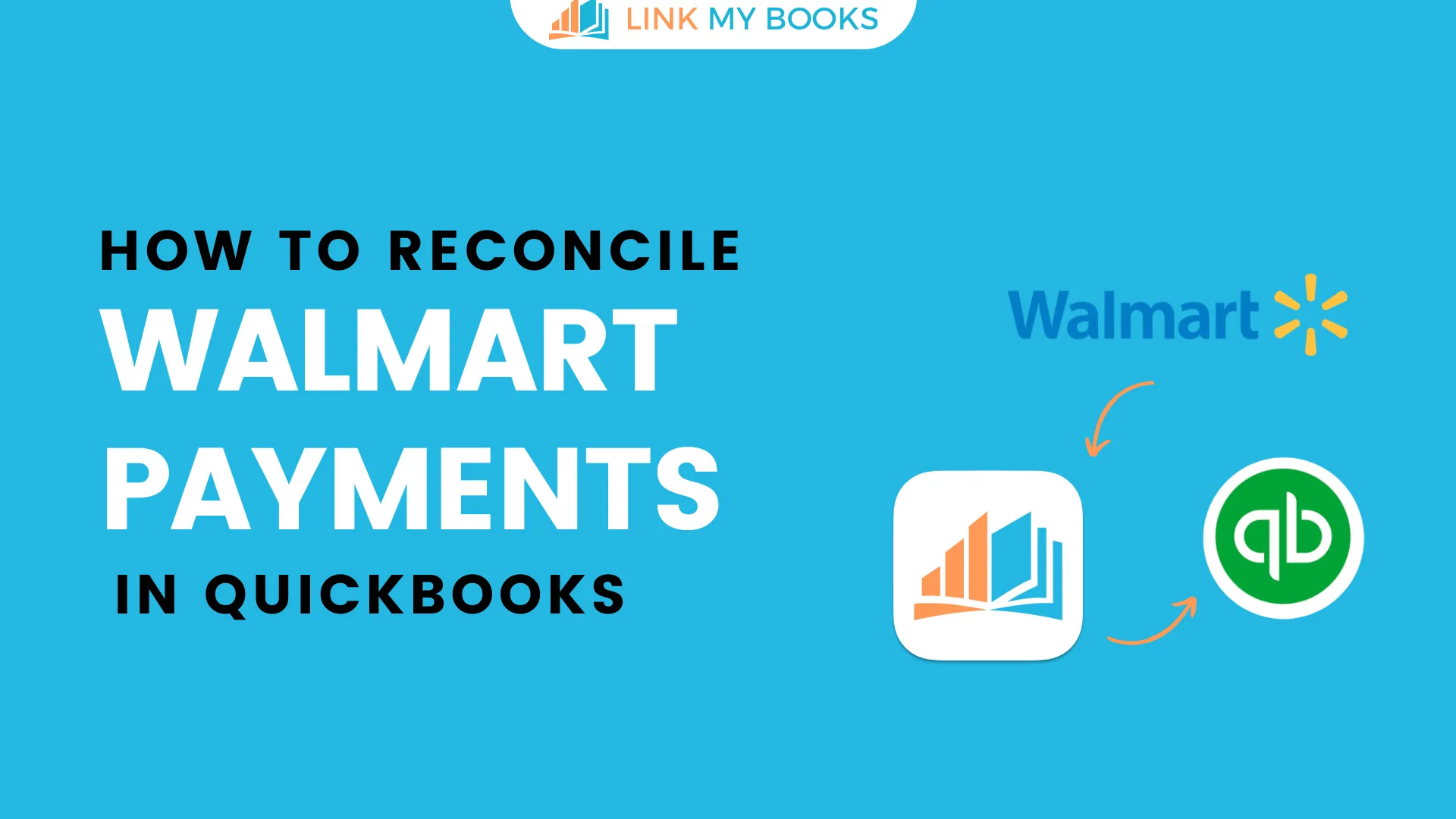
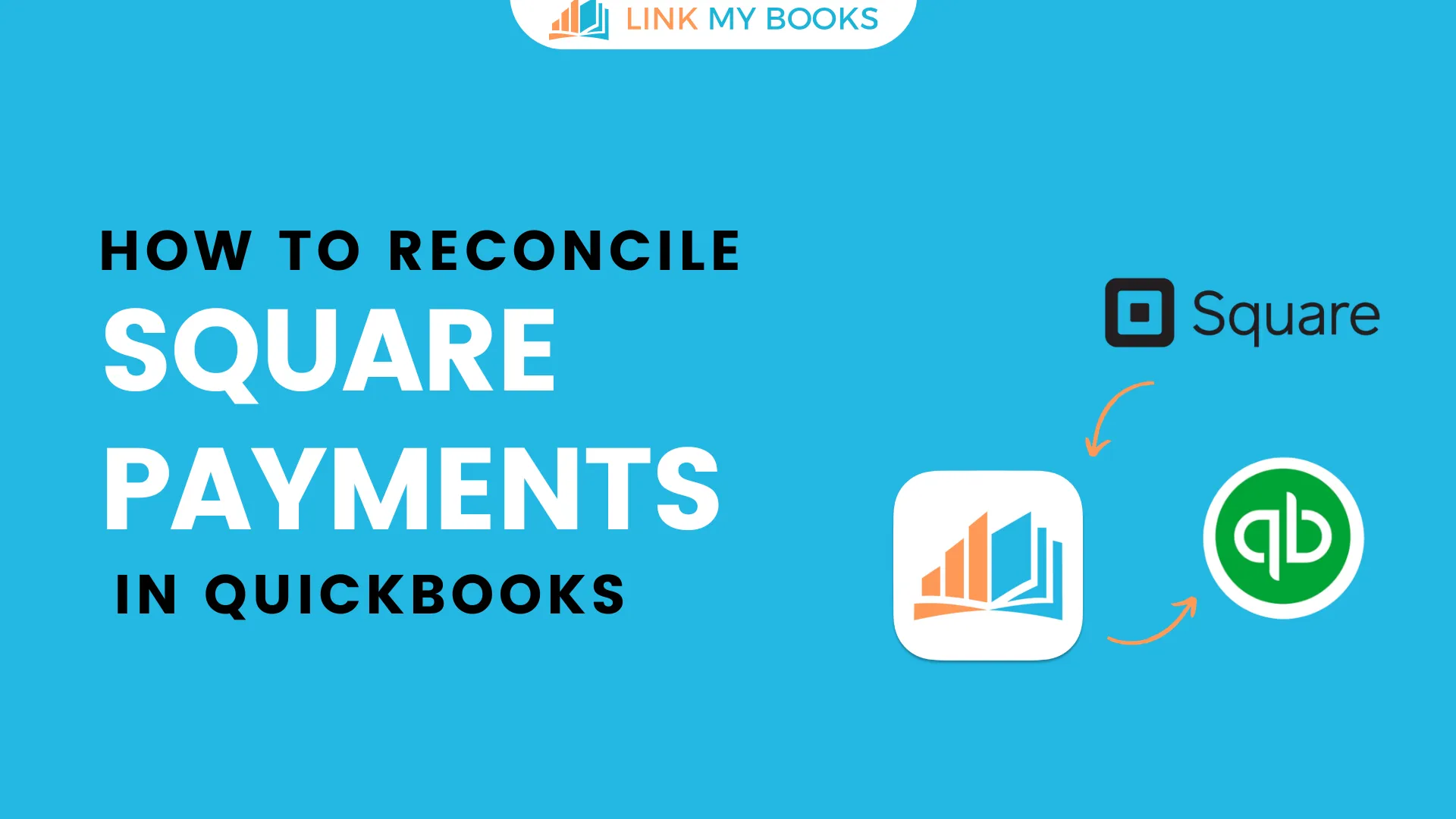
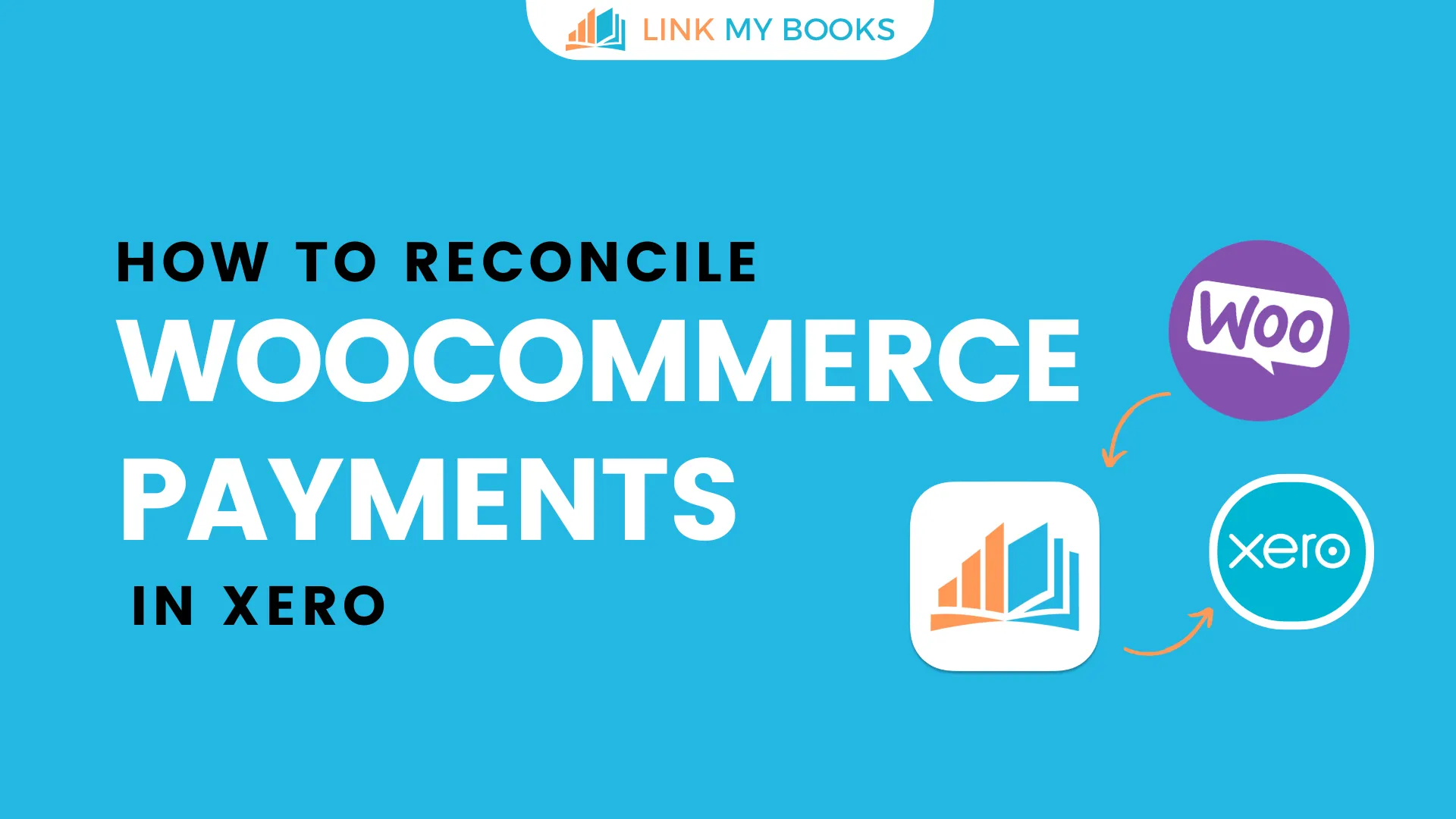
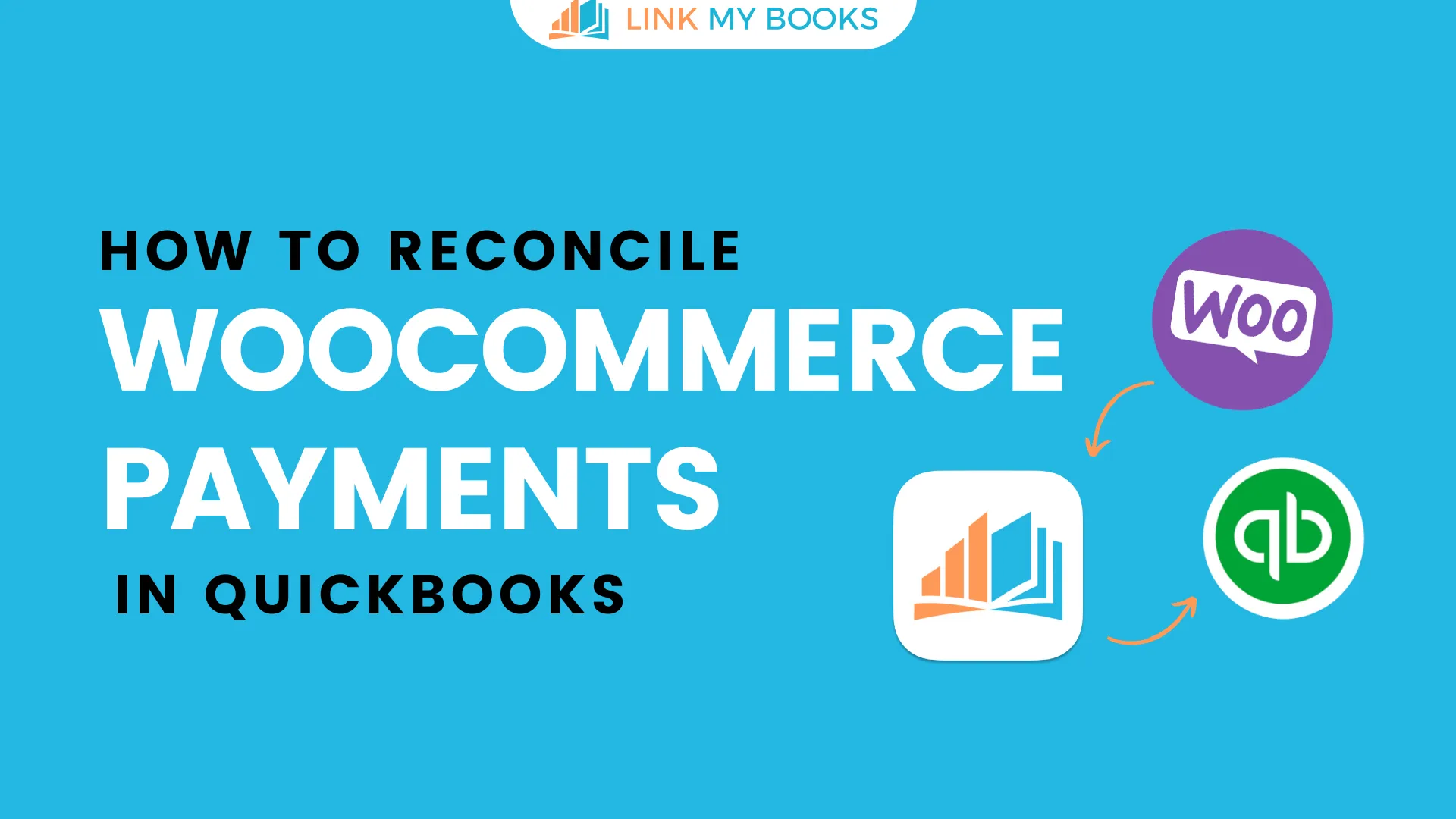
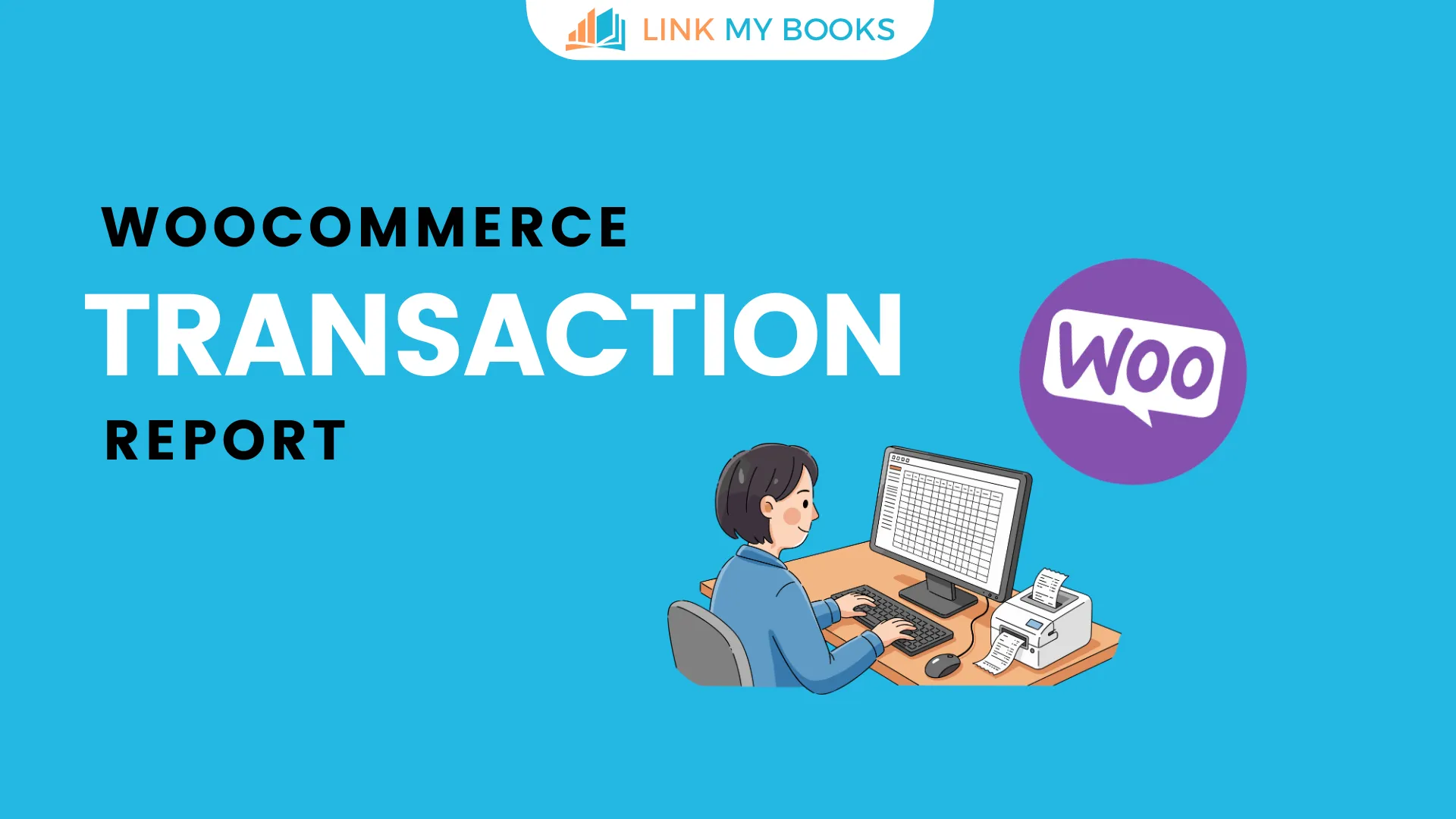


.png)